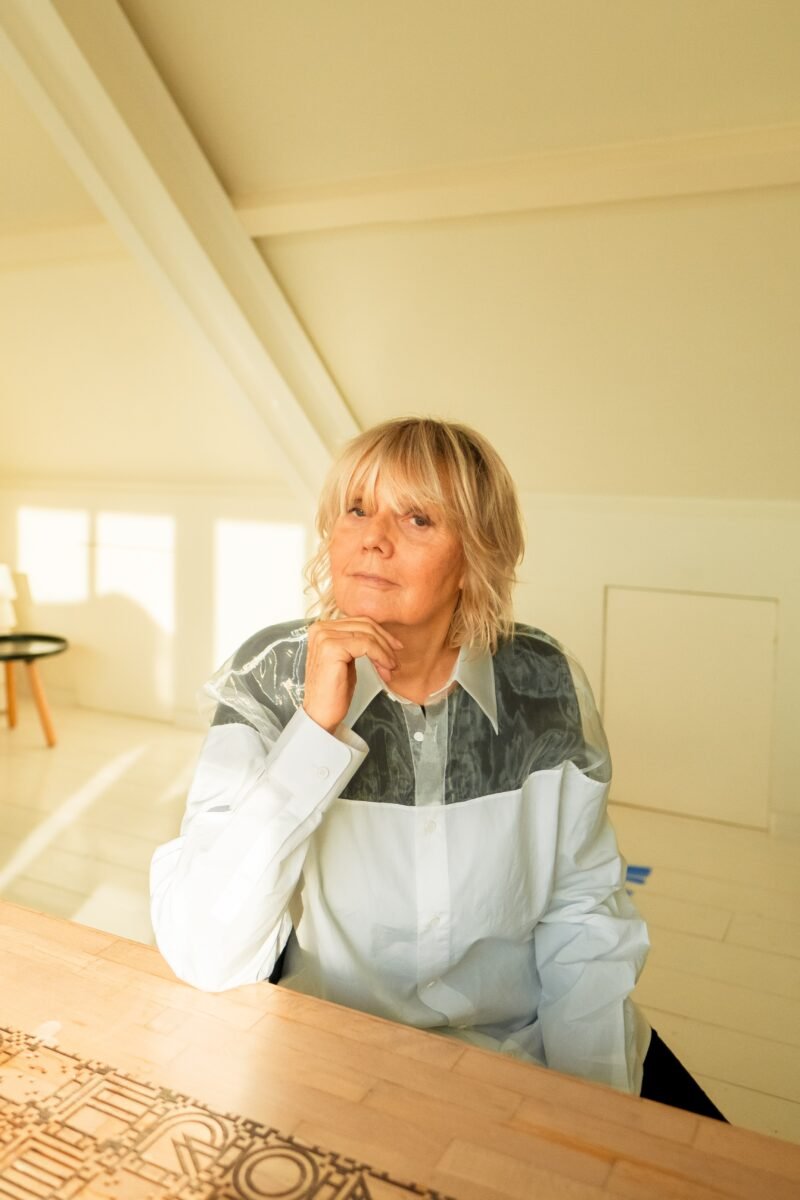BANGA Project Restores Pop-Up Architecture Of The Early 70s
Originally designed by Carlo Zappa in 1971, the futuristic portable BANGA bungalows get a second life. Restoration architect Pamela Voigt discovered fourteen abandoned BANGAs in an Italian holiday resort. With cracks in the glass-reinforced plastic GRP shells, the structures are in a very bad condition. Voigt has taken up the plan to save the little Italian sister of the famous Finnish Futuro, that were originally produced by Bungalows International SRL in Milan.
Voigt is specialized in building with plastics and so-called composites. Together with structural engineer Elke Genzel she founded the BAKU (Bauen mit Kunststoffen), a collective devoted to restoring, building and designing with special materials. The curved, smooth plastic BANGA shells belong to the post-war architecture and the Pop Art of the 1960/70s and deserve a better life, according to Voigt. “Some of these constructions are still in use and loved. Some are forgotten. Some were destroyed. Now the BANGAs can be saved!”

The BANGAs are small holiday homes designed for families with up to four people. The bungalows provide two double beds, which can be folded into two couches for daytime use. A small built-in bathroom with toilet, washing basin and shower, a kitchenette and integrated furnishings provide a well-organized private living space. Originally the bungalows came with a tent or a canvas blind that serves as an extension of the private area.

The bungalows that were found by Voigt in Italy were abandoned. She received an email from Italian architect and ship designer Leonardo Vitale, who asked if she could save these bungalows from falling apart. The BANGAs are an exponent of a typical 60s and 70s architecture style, which is what makes them special and worth fighting for, says Voigt when we interview her: “Their design as small holiday home made with glassfibre-reinforced plastic sandwich was very innovative those days. The construction details a very professional made in regard to the very special material. The furnishing make a very cosy and functional interior.”

There aren’t many BANGA bungalows left. Voigt discovered only a few more of them at some other campsites in Italy. The condition of these fourteen bungalows is poor and therefore restoration is needed. “They had not been used for about ten years” explains Voigt. “The owner did not treat them really well. The doors hang out so the surfaces of the outside and the inside need to be renewed. Some BANGAs have got cracks which have to be fixed. And all the metal is rusty. So who ever want to use them further on has to do these restorations.”

The first thing to do is finding new owners for the characteristic bungalows. “The firm FiberTech in Chemnitz will do the restoration. They want to make sure that the BANGAs will leave their workshop after restoration. Thats why I’m looking for buyers before getting the BANGAs to Germany. At the moment they are still on the original camping site in the south of Italy.” As the Italian campsite is obviously not the best place for architectural heritage, new ways of using the bungalows have to be found. Voigt: “Hopefully they will be used as holiday homes or garden house. In Germany there are lots of Schrebergarten settlements. The new urban gardening had been invented about 200 years ago here in Leipzig. I hope that young design-minded gardeners want to have a modern or stylish garden house.”



